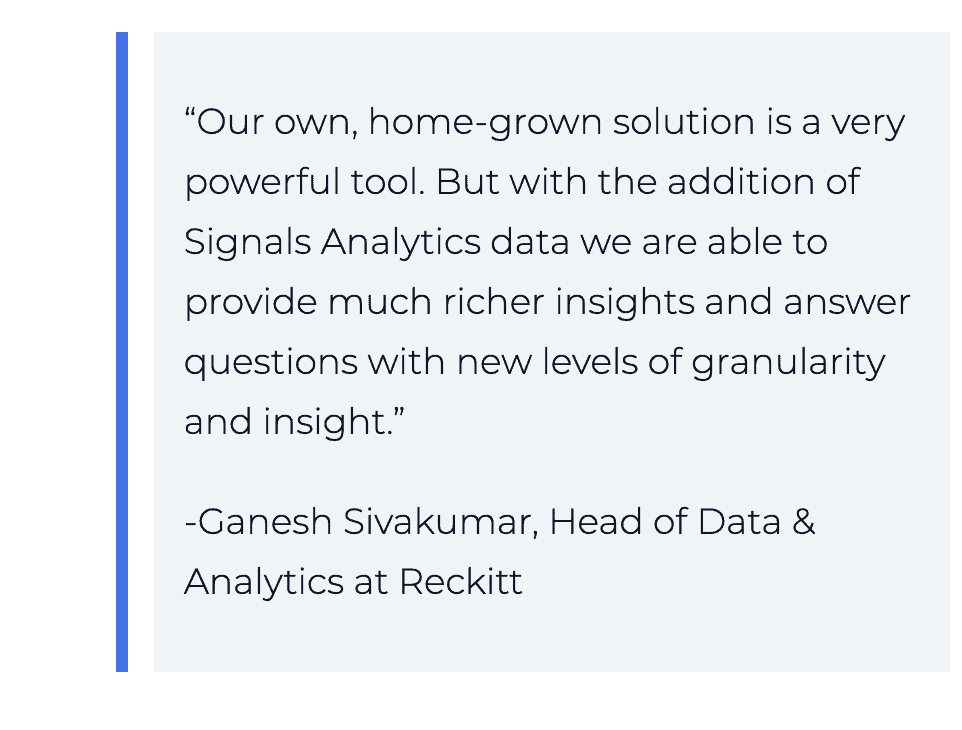
Joshua Dreller
Sr. Director, Content Marketing @ Skai

Joshua Dreller
Sr. Director, Content Marketing @ Skai

The human brain is primed to detect patterns and organize experiences into taxonomies. In fact, human intelligence is based upon our ability to group experiences into categories and concepts; when we experience something new, we’re able to respond intelligently and appropriately by instantly identifying how the new experience fits into the categories we’ve already learned.
Perhaps because our brains work this way naturally, it’s instinctive to apply taxonomic structures to complex concepts in the external world as well in order to make them easier to understand. Carolus Linnaeus, an 18th-century Swedish scientist, invented the Linnaen classification system of the natural world that we still use today (albeit in an updated form).
In 1869, the Russian scientist Dmitri Mendeleev invented the Periodic Table to simplify conversations around the building blocks of our existence. Websites, grocery stores, libraries, and many other well-organized digital and real-life spaces use taxonomy structures to arrange content and objects in logical, easy-to-find ways.
Organizing a grocery store is one thing. Organizing an ever-growing collection of raw data is quite another. Although classification is key to making sense of and manipulating data, few data analytics companies are able to apply consistent, useful taxonomies to big data in a way that produces transformative insights.
Digital data creation is growing at an exponential rate. Every day, Facebook users post more than 250 million photos to the platform. Every second, Instagram users upload 1,000 photos. About 10% of all consumers write online product reviews for the products they buy, and more than 30,000 new CPG products are launched each year.
Many of our experiences—as both people and organizations—have moved online, and we’ve left digital footprints everywhere. Brands that are able to harness the meaning behind all of that data can generate valuable insights into their consumers, competitors, and the overall marketplace. Those insights drive optimizations in marketing, messaging, product development, and more. But it’s not an easy thing to do, for three reasons:
All data analytics companies can structure external data into taxonomies. But effective taxonomies—those that can provide specific, transformative insights – have an essential element: super granular, super-relevant taxonomy values that are consistent across all data sources and points. If every data point can be tagged using the same parameters that are important to the business, then every data point can be connected to every other.
Classifying data into effective taxonomies is a game-changer for brands that want to make data-driven decisions. Taxonomies connect and organize all data across an organization, making it possible for data software platforms to quickly and easily search for information, extract sentiment, and generate meaningful visuals. Most interestingly, taxonomies allow brands to connect both market chatter and the voice of the consumer with their products, revealing a brand’s strengths, gaps, and opportunities.
Imagine data points as individual books. Unstructured data is akin to haphazard piles of books everywhere and no card catalog to guide you to the information you want. A so-so taxonomy might organize the big pile of books into a few different stacks based on genre. If you were hoping to sort your books by the author’s last name or publication date, you’d be out of luck.
An effective taxonomy is like a giant bookcase, with books organized onto shelves and tagged with thousands of specific attribute identifiers like genre, number of pages, publication year, author name, and any other tags that are important to your bookstore. The books can be easily reshuffled by identifier because every book, from comic books to scientific journals, uses the same taxonomy values, or Key Intelligence Parameters (KIPs).
Connecting two or more KIPs can generate trend predictions. For instance, to see if romance novels are becoming more popular over time, you could plot sales figures for books in the “romance” category. If your identifiers are appropriately specific, you can even roll some of them up into broader classifications for a more zoomed-out view of a category. Perhaps you know that a segment of your audience enjoys both biographies and academic texts; combining the two into a “non-fiction” category allows you to include more data sets for more accurate analytical results.

A platform that configures the most effective taxonomies possible uses three techniques:
There is another type of flexibility, too: the ability to add new taxonomy values quickly, easily, and on demand for an early-stage view on what’s trending or happening in the world. New terms—like “biodiverse”, in the organic food world—and new developments in the world at large—like the COVID-19 pandemic—are simple to add to existing taxonomy values since all of our data is normalized.
When creating taxonomy values for a category that’s new to Skai, we take two different paths to ensure total coverage. The first is a top-down approach. Every vertical already has some taxonomy values in common use, such as product filters, attributes that appear in product descriptions, and categories and subcategories in various ecommerce channels. We start with these familiar taxonomies. Then we add a bottom-up approach, running huge data sets through an NLP engine to surface meaningful keywords with a high recurrence. This helps us identify keywords that are harder to spot at scale using the top-down method.
Once the taxonomy values are identified, create custom combinations of values to reflect mega and micro trends. Combining values in this way presents new views on large market trends that affect several categories as well as very specific connections between, say, product attributes and perceived benefits for a particular product line.
PepsiCo, for example, used the Skai platform to track mega and micro trends across their entire portfolio of products to reveal new product development opportunities they had never seen before.
Brands like PepsiCo turn to Skai because nobody else can provide the level of granular insights that we can. And that’s all thanks to our taxonomies! Read the full case study.
To find out how Skai could help your brand do more with data, contact us for a demo.
You are currently viewing a placeholder content from Instagram. To access the actual content, click the button below. Please note that doing so will share data with third-party providers.
More InformationYou are currently viewing a placeholder content from Wistia. To access the actual content, click the button below. Please note that doing so will share data with third-party providers.
More InformationYou are currently viewing a placeholder content from X. To access the actual content, click the button below. Please note that doing so will share data with third-party providers.
More Information